Rising Disposable Income
The increasing disposable income among Indian households appears to be a crucial driver for the smart toys market. As families experience enhanced financial stability, they are more inclined to invest in innovative and educational toys that promote learning and development. Reports indicate that the average disposable income in urban areas has risen by approximately 10% annually, leading to a greater willingness to spend on premium products. This trend suggests that parents are prioritizing quality and educational value in their purchasing decisions, which is likely to propel the growth of the smart toys market. Furthermore, the shift towards dual-income households may also contribute to this trend, as parents seek toys that can engage their children while providing educational benefits. Thus, the rising disposable income is a significant factor influencing the smart toys market in India.
Increased Focus on STEM Education
The growing emphasis on STEM (Science, Technology, Engineering, and Mathematics) education in India is likely to drive the smart toys market. Educational institutions and parents are increasingly recognizing the importance of equipping children with skills relevant to the future job market. Smart toys that incorporate STEM principles are becoming more popular, as they not only entertain but also educate. The Indian government has initiated various programs to promote STEM education, which may further enhance the demand for smart toys that align with these educational goals. Market data suggests that toys designed to foster STEM learning could capture a substantial share of the smart toys market, potentially reaching 30% by 2027. This focus on STEM education indicates a shift in consumer preferences towards toys that provide both fun and learning opportunities, thereby driving the growth of the smart toys market.
Expansion of Online Retail Platforms
The expansion of online retail platforms in India is significantly impacting the smart toys market. With the increasing penetration of the internet and smartphone usage, consumers are turning to e-commerce for their shopping needs. This shift is particularly evident among younger parents who prefer the convenience of online shopping. Data suggests that online sales of toys have surged by over 40% in the past year, indicating a strong preference for digital purchasing channels. E-commerce platforms are also providing a wider variety of smart toys, making it easier for consumers to access innovative products. This trend is likely to continue, as more retailers invest in their online presence and enhance the shopping experience. The growth of online retail is expected to play a pivotal role in expanding the reach of the smart toys market, allowing manufacturers to connect with a broader audience.
Growing Awareness of Child Development
There is a notable increase in awareness regarding child development among Indian parents, which is influencing the smart toys market. Parents are becoming more informed about the role of play in cognitive and emotional development, leading them to seek toys that offer educational benefits. This trend is reflected in the rising demand for toys that promote critical thinking, creativity, and problem-solving skills. Market Research Future indicates that approximately 65% of parents prioritize educational value when selecting toys for their children. This growing awareness is likely to drive the smart toys market, as parents are more inclined to invest in products that contribute positively to their child's development. Consequently, manufacturers are responding by creating toys that not only entertain but also support developmental milestones, further propelling the growth of the smart toys market.
Technological Advancements in Toy Design
Technological advancements in toy design are transforming the landscape of the smart toys market. Innovations such as artificial intelligence, augmented reality, and interactive features are becoming increasingly prevalent in toys, enhancing their appeal to children and parents alike. These advancements allow for a more engaging and immersive play experience, which is likely to attract a broader consumer base. For instance, toys that can adapt to a child's learning pace or provide personalized feedback are gaining traction. The market for smart toys is projected to grow at a CAGR of 15% over the next five years, driven by these technological innovations. As manufacturers continue to invest in research and development, the smart toys market is expected to witness a surge in new product offerings that leverage cutting-edge technology, thereby appealing to tech-savvy consumers.


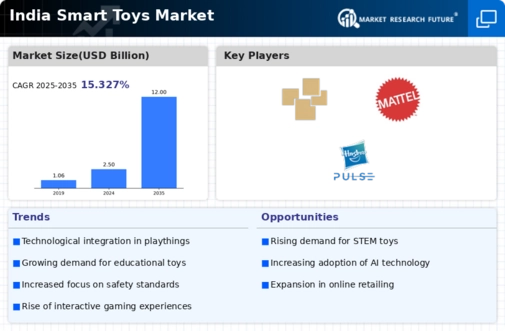
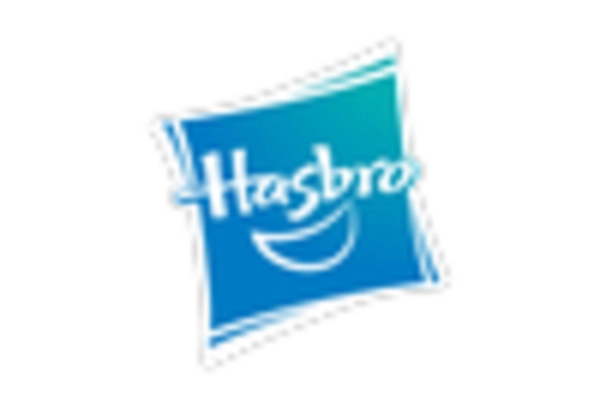
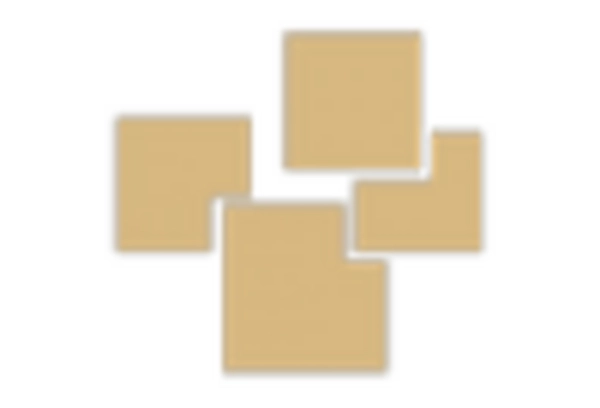
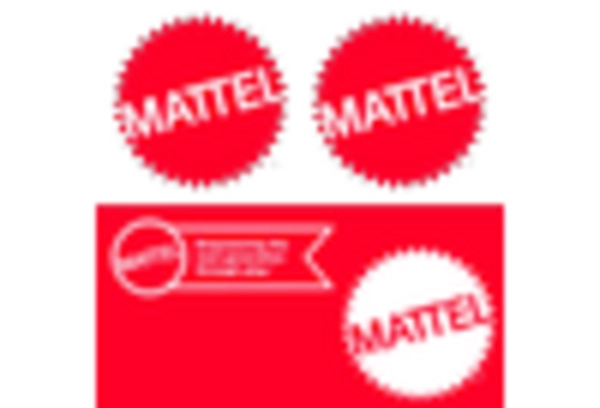
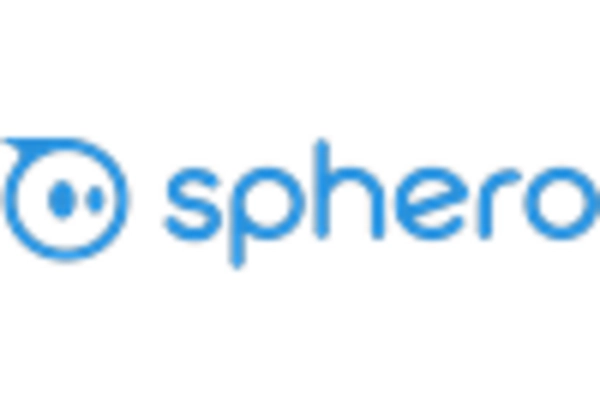

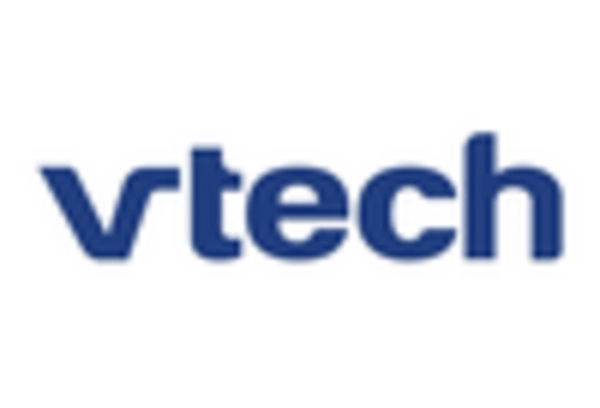








Leave a Comment